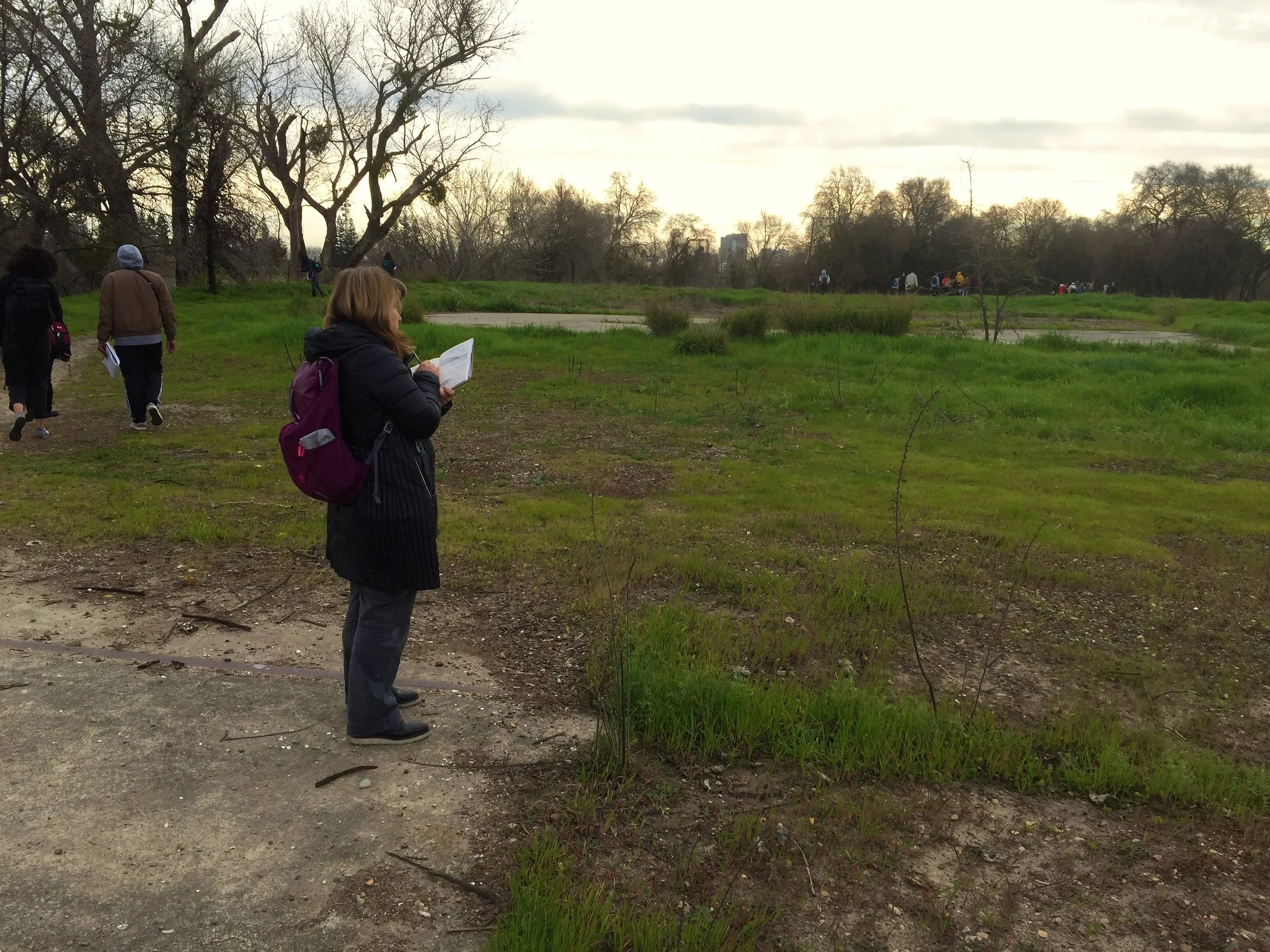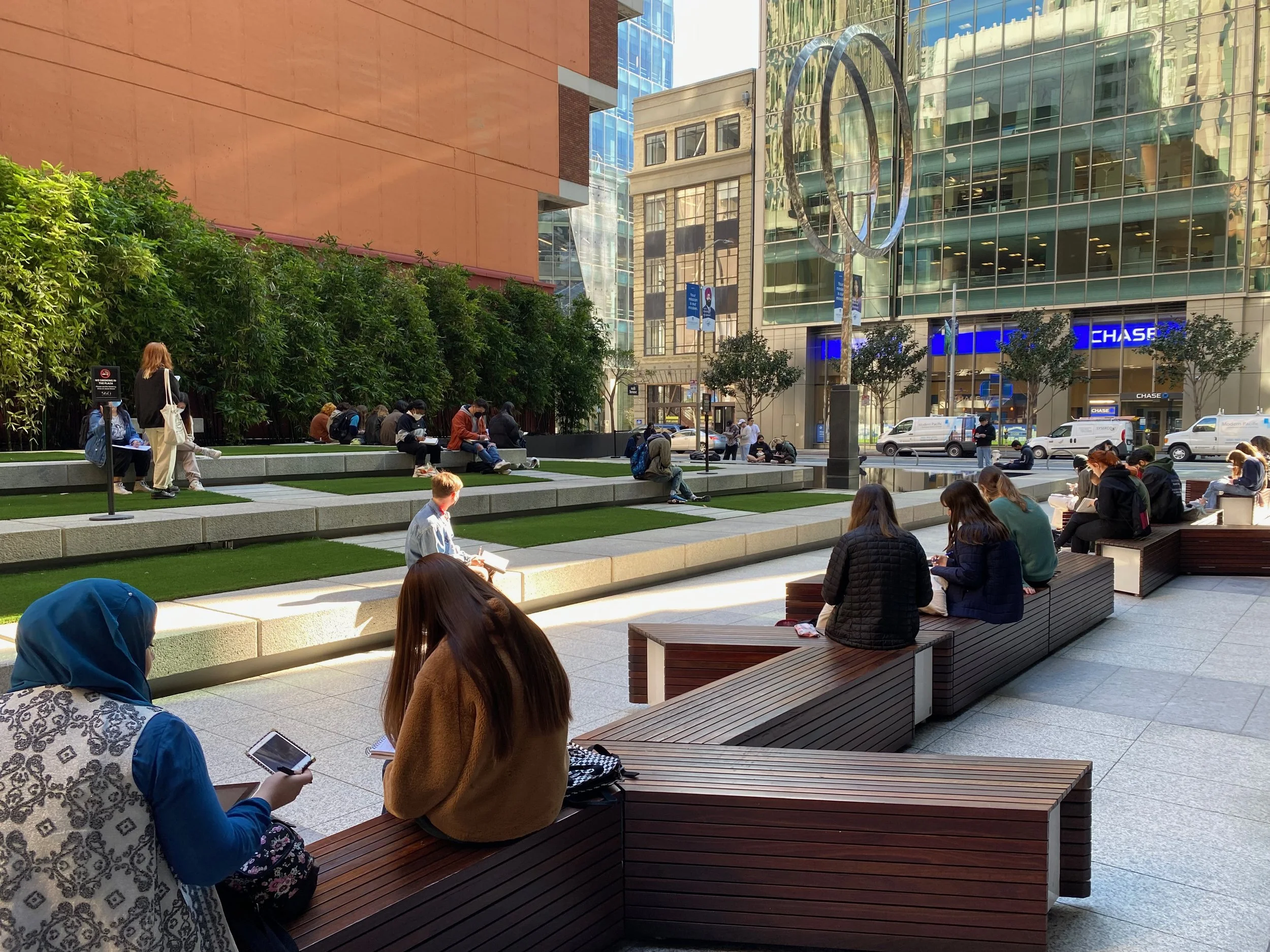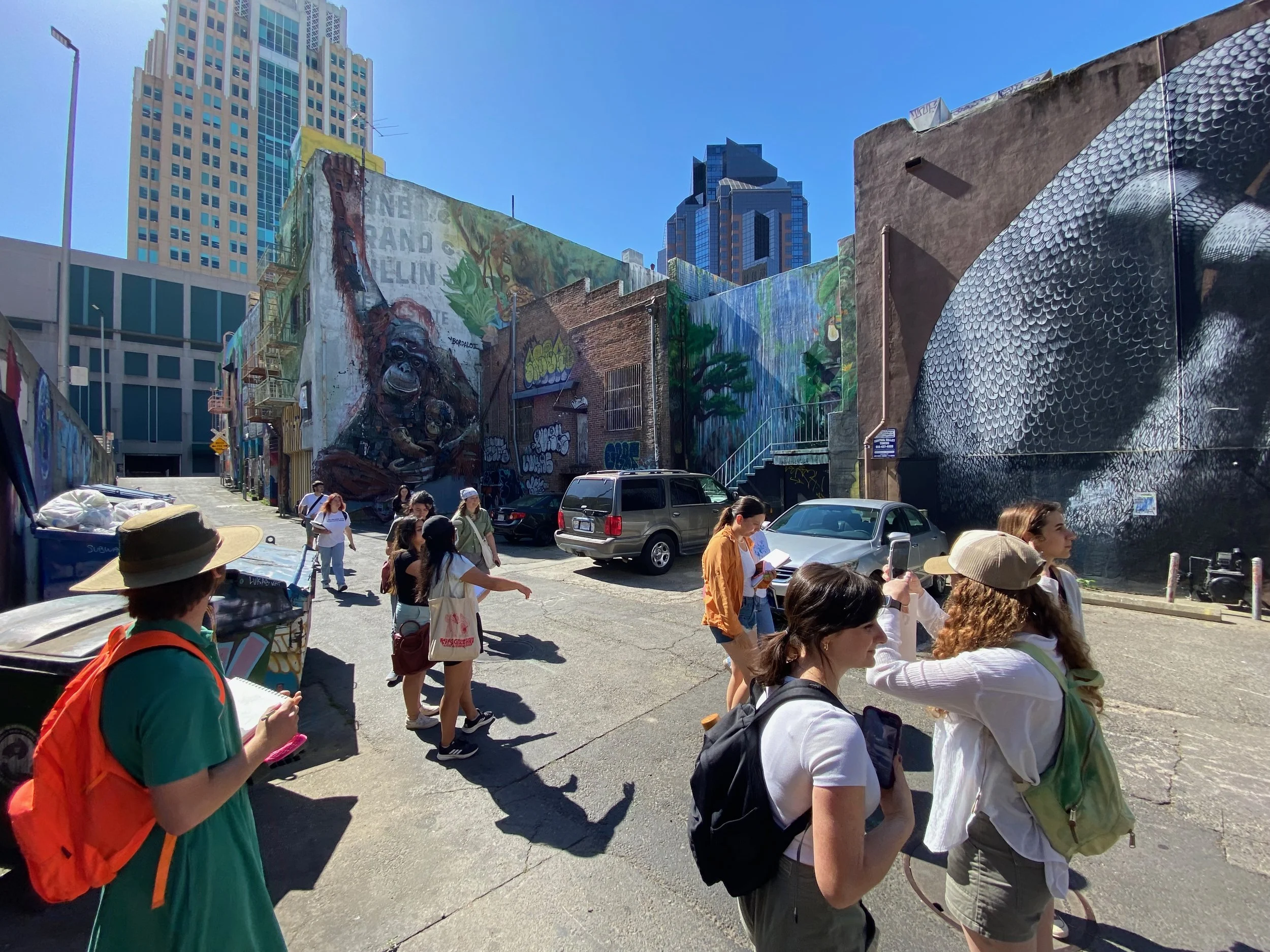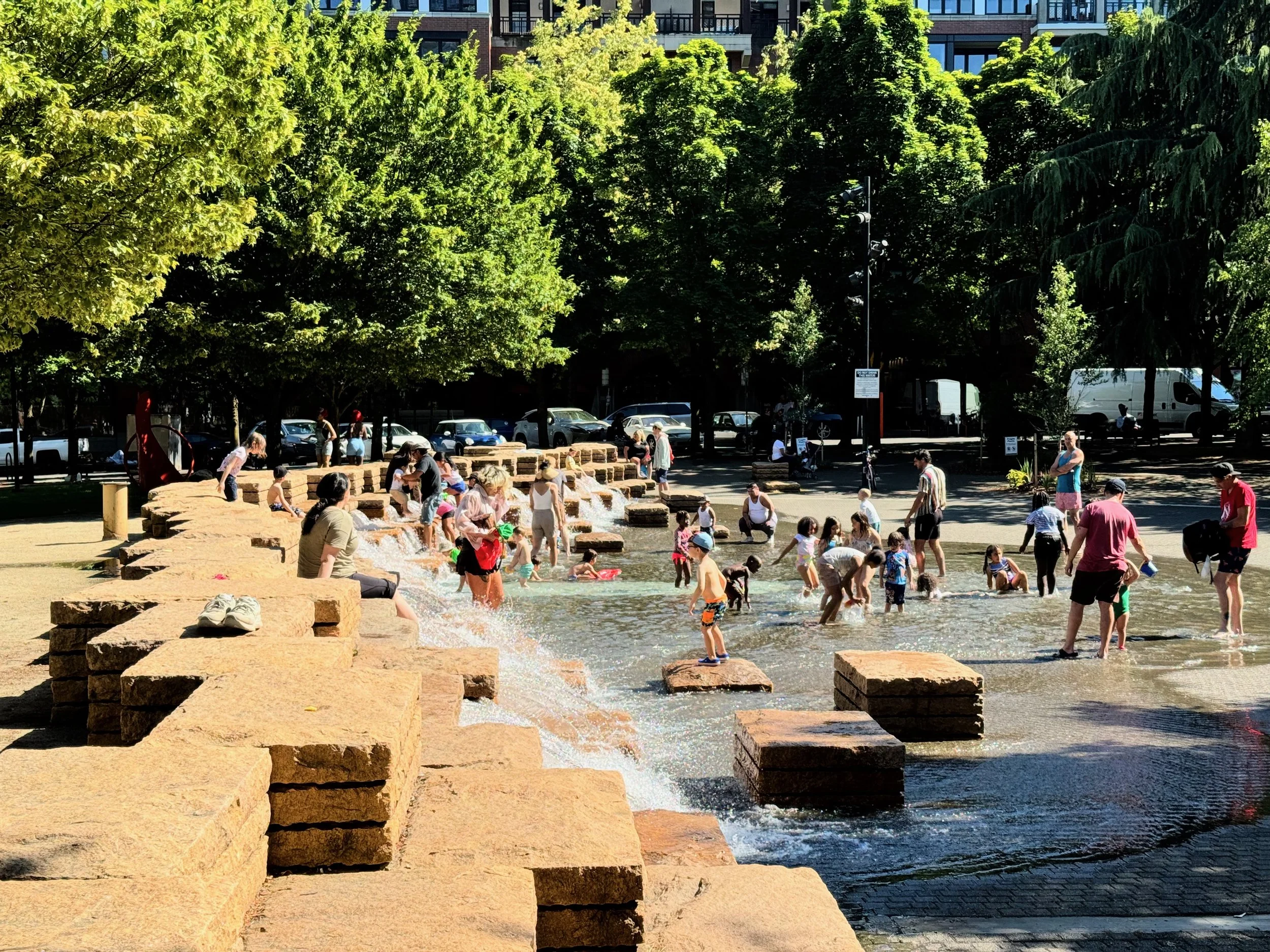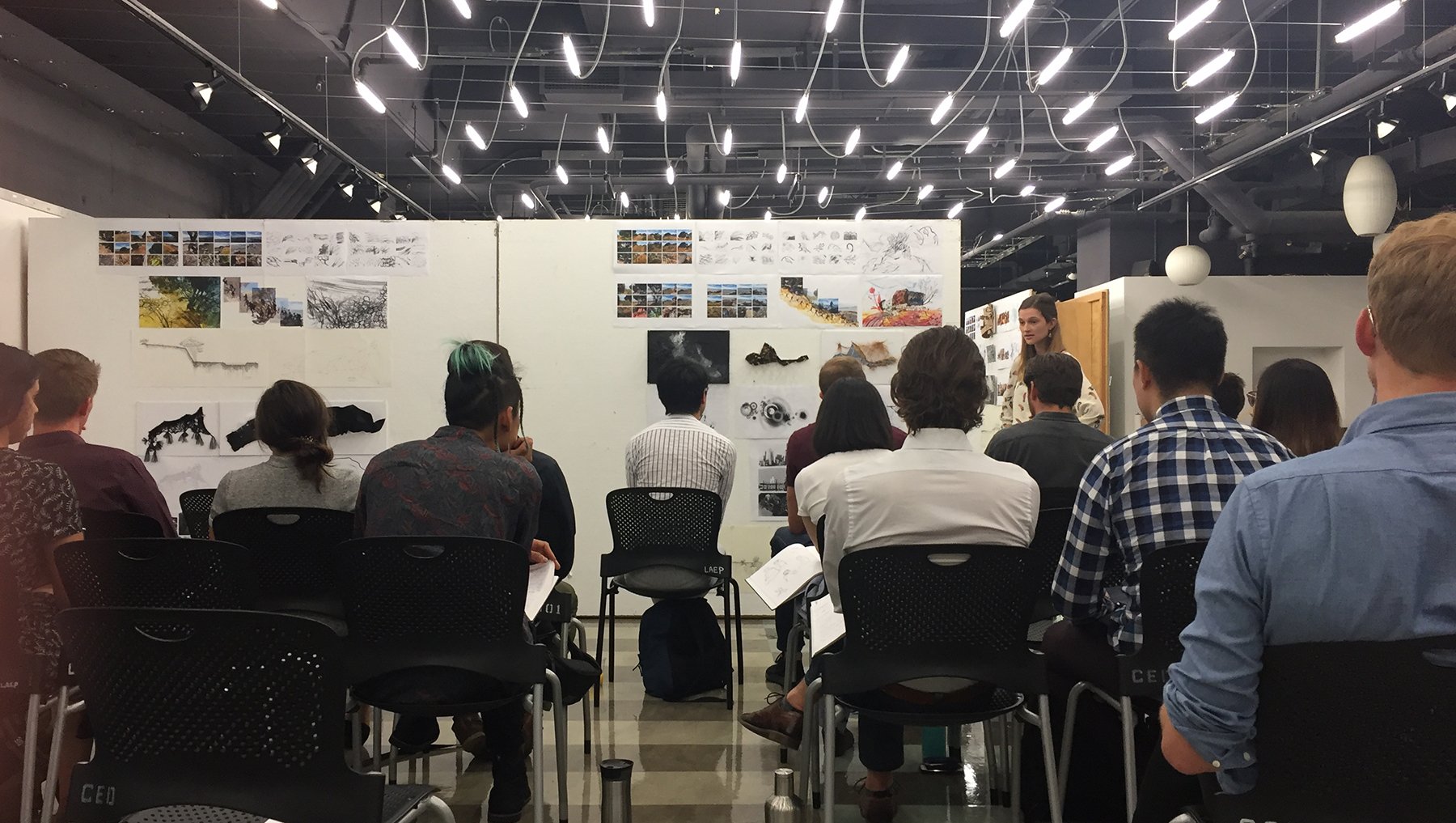
teaching is dialogue
Sometimes we equate teaching with speaking. Significant time working as a landscape architect and time in the classroom has enabled me to effectively speak. It is the listening, which defines a great teacher. In landscape architecture, listening precedes the speaking – in finding out where students are coming from, and then follows the speaking – in giving students space to come to their own conclusions about their work.
Field Studio
A landscape architecture studio drawing from contemporary theory and practices to develop an iterative process for landscape design and planning. Students will practice listening to the landscape and its occupants, analyzing opportunities and constraints, and creating a vision for positive landscape change. The course provides students with foundational skills in landscape dialogue and design.
Cultural Landscapes
Introduction to the interpretation of cultural landscapes - everyday places filled with meaning. The course will engage with ideas of landscape, culture, home and movement. Ideas on landscape influence the production of that built environment, creating spaces that reflect the values of the dominant culture.
This course arose during the 1960s at the University of California, Berkeley taught by J.B. Jackson. He handed it off to people like John Stilgoe and Paul Gobster and they in turn passed it on to Patsy Owens (here at Davis). The course examines cultural landscapes with a particular focus on “reading” these landscapes.
Home, Housing, Homelessness
How does our concept of home influence the provision of housing, design of public space and growth of homelessness?
The course grounds theoretical approaches to housing with case studies of places, programs and built work. The class discusses “home” from the perspective of feminist literature, housing from the perspective of nomadic and informal viewpoints, and homelessness from the perspective of people experiencing homelessness. We read and discuss contemporary news events, like “sheltering in place,” to link them to housing theory.
Introduction to Space-making
This studio provides an introduction to basic 2D and 3D design, with an emphasis on the media of landscapes as a design tool. It will focus on generating design concepts through the use of composition, proportion, terrain, and landscape media with the ultimate goal of creating meaningful spaces. Successful completion of this studio requires students to critically explore conceptual design thinking and master the craft of both 2-D (hand-drawn) and 3-D (model-building) representations of design.
Urban Design and Planning
The city concentrates opportunities, people and problems in a finite space. How can design help meet its challenges?
This urban planning and design studio looks at the city, what it is, how it is shaped and how to improve its spaces. Policy, regulations and infrastructure produce urban spaces and networks that can be explored using GIS and mapping. Moving from the scale of city to the neighborhood, we then practice urban design along West Broadway, a development along the Sacramento River. The course focuses on how the city changes over time - morphology - with only part of that change due to design.
Introduction to Environmental Design
Introduction to the role of design in the built environment at a range of scales. We learn basic methods used by design professionals to evaluate, design, plan, and manage landscapes and the built environment.
This course is an overview of Environmental Design, including the allied professions of Architecture, Landscape Architecture, Urban Design, and Planning. It includes an investigation of the role of design professionals in contributing to the built environment at a range of scales and locations, through case studies of historic and contemporary projects.
